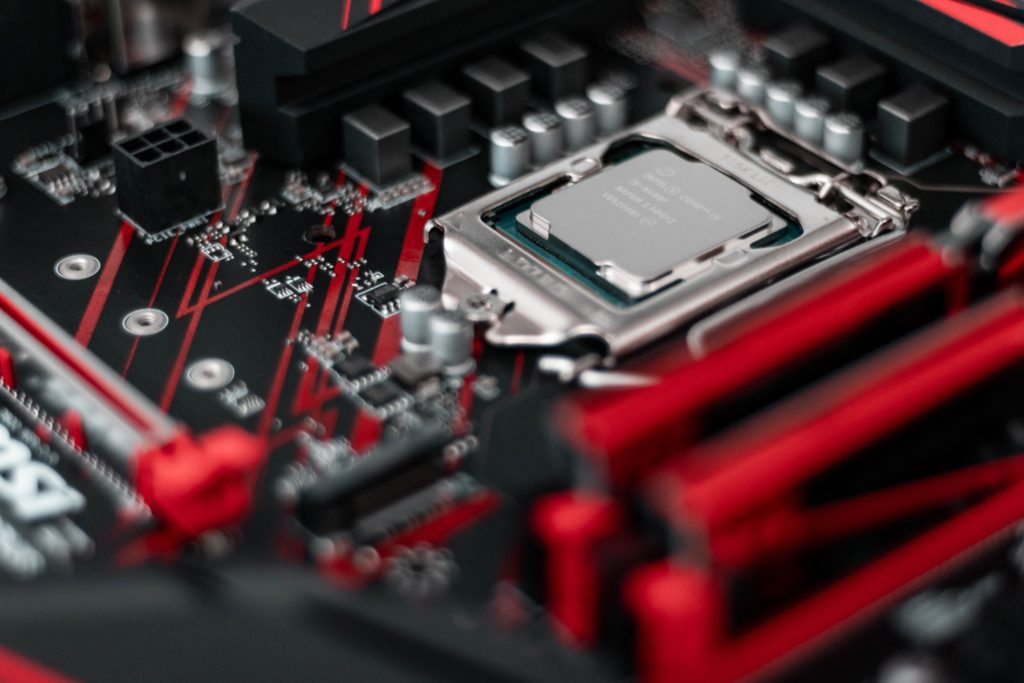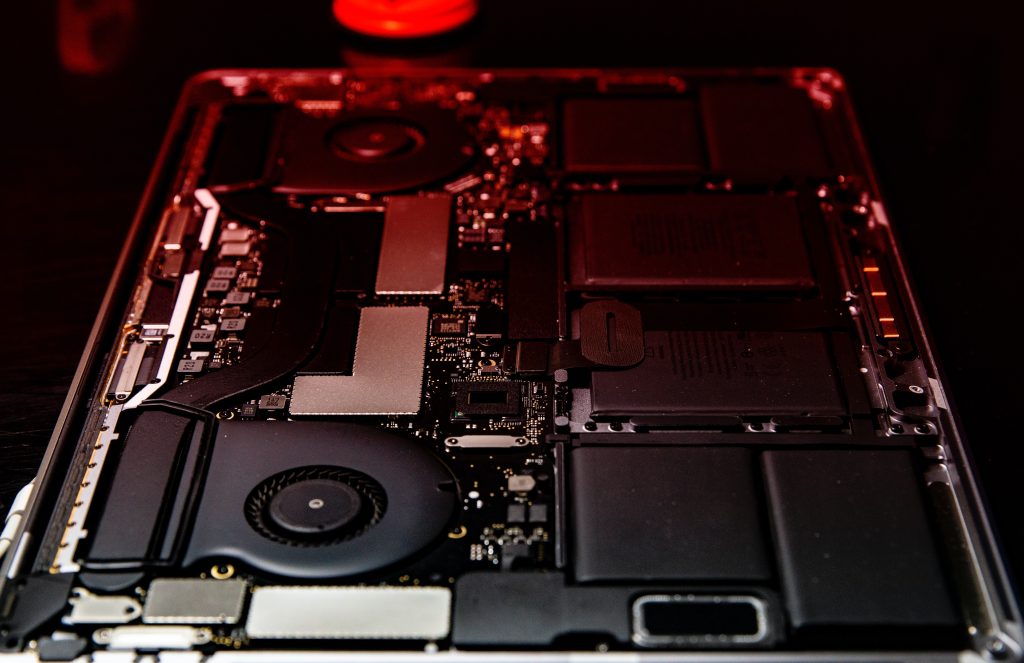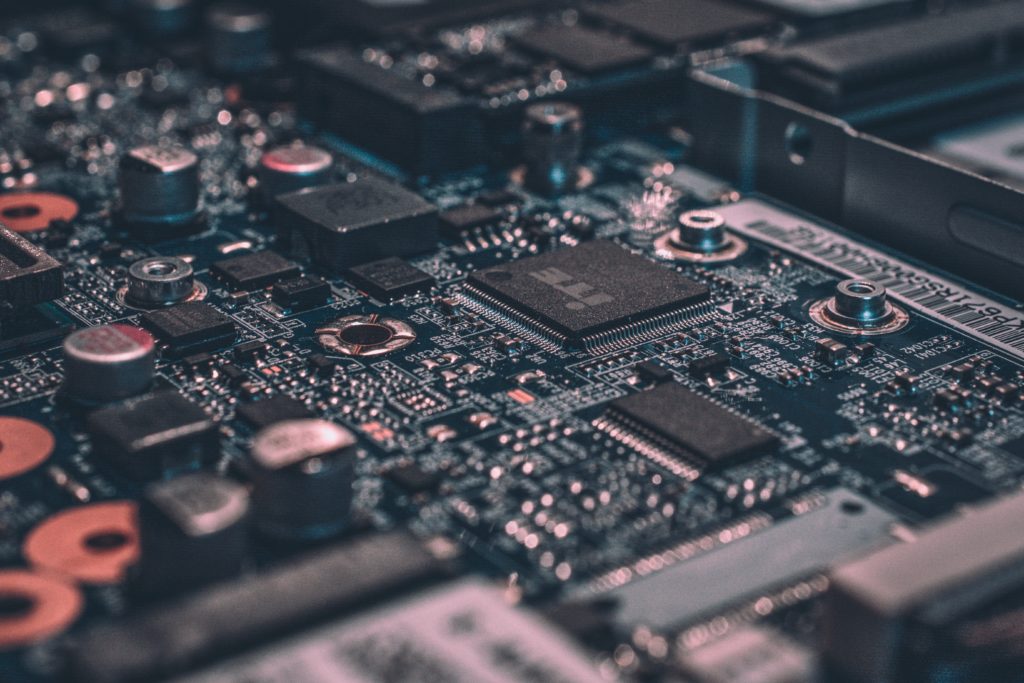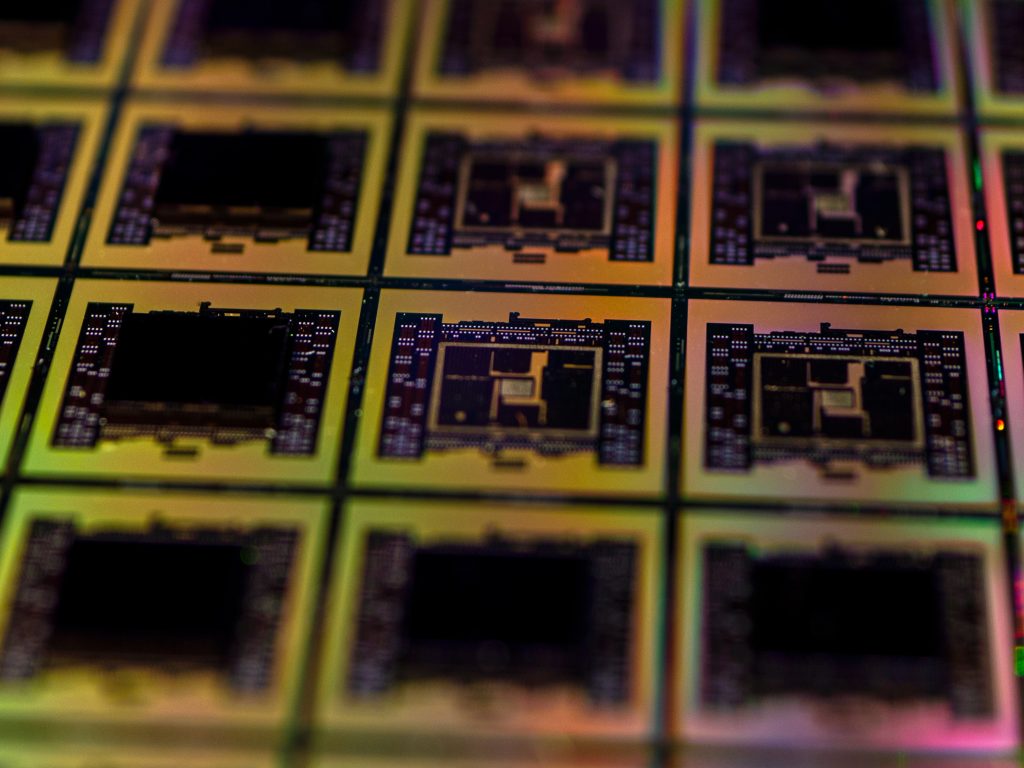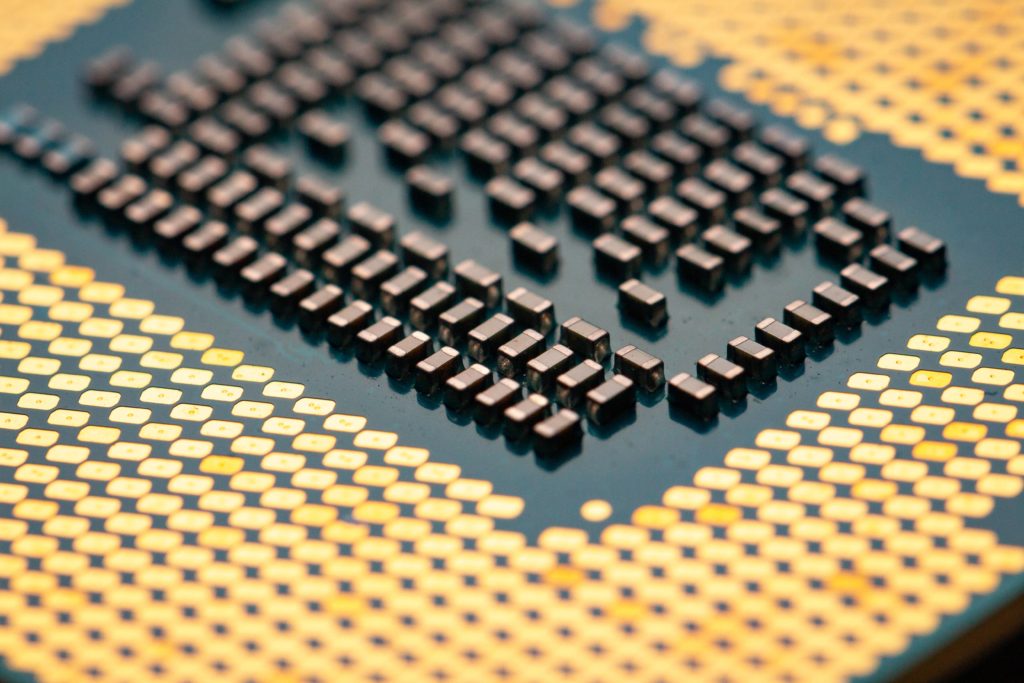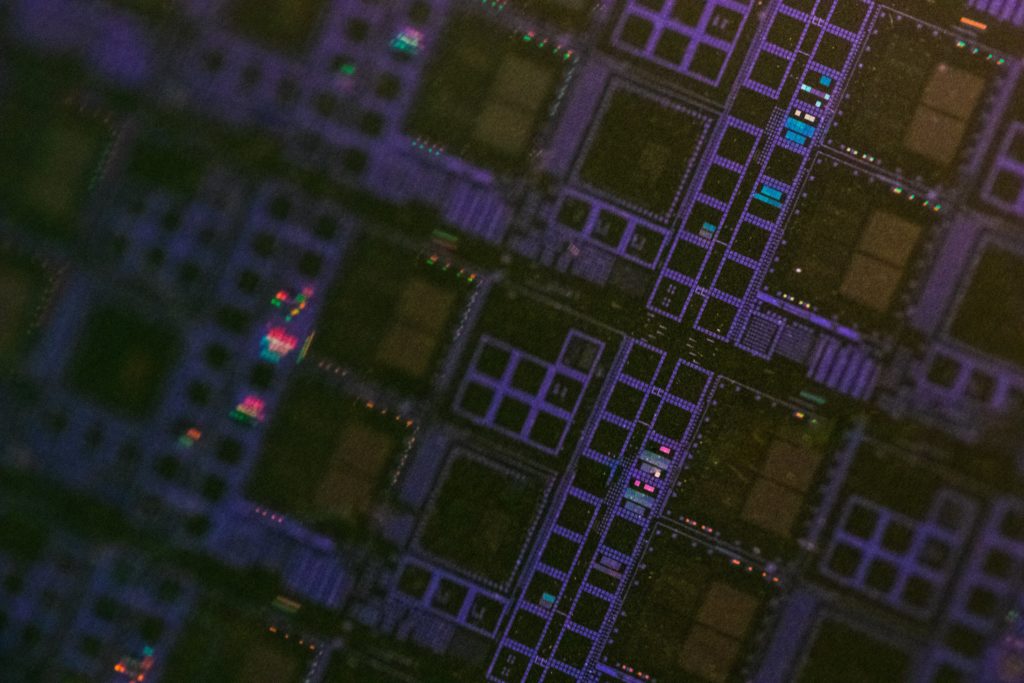Photo by Andrew Gook on Unsplash
The semiconductor market is highly volatile. Positive or negative demand significantly impacts the end-to-end supply chain. Avoiding scenarios requires equilibrium of supply and demand, which is difficult to achieve due to the several variables of the semiconductor supply system.
Even with several variables like market demand, manufacturing capacity, cost, and raw material availability, planning is key to ensuring supply and demand are in check. It also leads to an important question of how to achieve a planning-driven equilibrium that ensures the inventory of products good is always as per the market requirement.
Cycle: Semiconductor Demand Is Dependent On The Cyclic Nature Of The Market.
Stock: Based On The Demand, The Inventory Of A Given Product Goes Up Or Down.
Unfortunately, there is no perfect answer for any high-tech industry. The fundamental reason is the time taken to enable supply is rather long and the time to lower the demand is very short. These two opposite processes make it difficult to balance supply and demand.
While several tools and operational processes are in place to predict the market trend. In reality, the outcomes are not always in line with the real scenarios, and mastering the process of bringing equilibrium of inventory vs demand is not as easy as deploying prediction tools.

The semiconductor industry has always been cyclic, where the demand and supply are not in sync. It often leads to shortages or more than required inventory. Such scenarios are not ideal for the industry and the end customers.
The standard course of correction that the industry has taken to counter the shortages is by increasing manufacturing capacity. However, the semiconductor manufacturing capacity can never be near-perfect. It is either on the higher or lower side and with new manufacturing capacity, there is also the question of overcapacity, when a downturn in the market severely impacts the semiconductor industry and the major impact is on the inventory created in advance.
Downturn: In The Case Of A Sudden Downturn, Any Unplanned Inventory Can Cause A Negative Impact.
Extra: Cyclic Demand And Supply Should Be Considered To Avoid Extra Inventory.
Such a cyclic nature of semiconductor demand is never going to end. On another side, there seems to be no perfect solution that will justify the cash flow into the manufacturing capacity by ensuring there is always a demand. In reality, there are no control parameters and diverting the existing capacity toward new semiconductor solutions is also not easy.
Now that the semiconductor industry has started building and opening new semiconductor manufacturing infrastructures, the key question will be how the industry will balance inventory creation by grabbing market demand. If detailed and accurate predictions do not occur, then there is never going to be an end of over or undersupply of capacity, which will in turn impact (positively or negatively) inventory.



